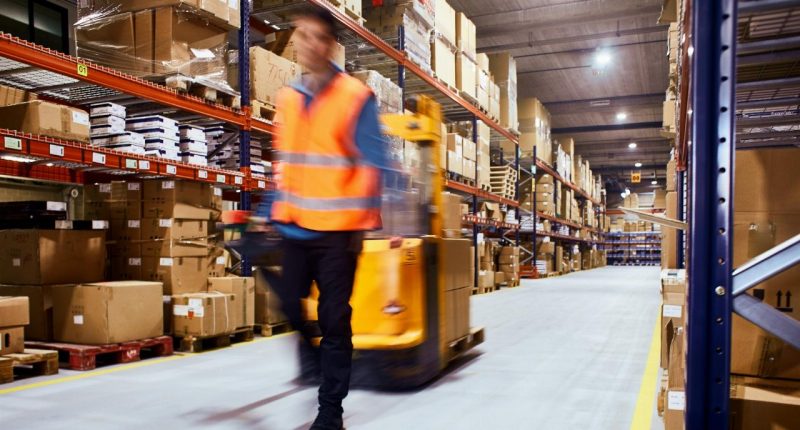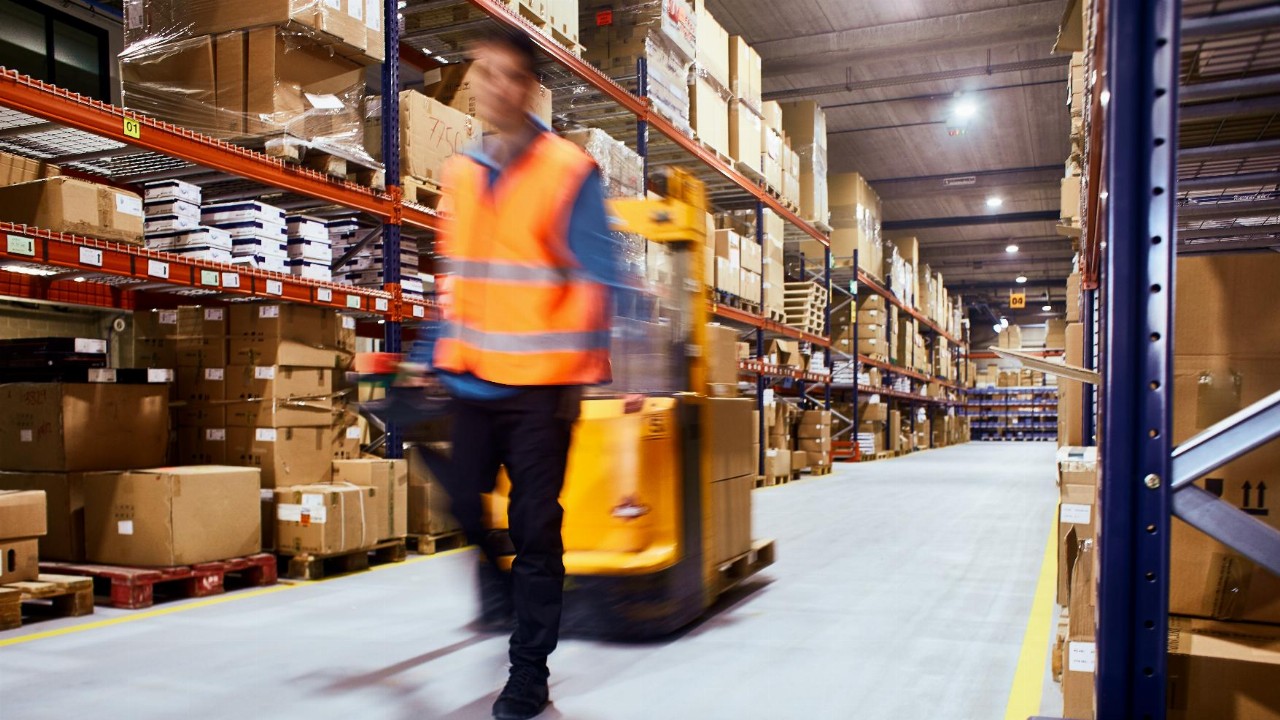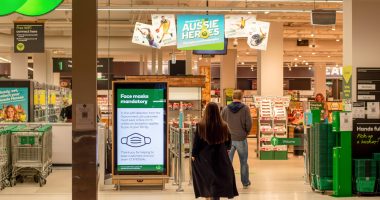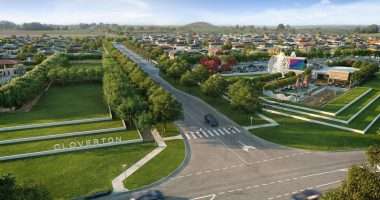- The industrial vacancy rate across Australia falls to a historic low of 2.24 per cent
- The fall comes on the back of a strong eCommerce demand and a supply rethink
- Sydney has the lowest vacancy rate at 1.4 per cent, followed by Melbourne at 1.54 per cent
- “Demand from eCommerce will continue to be transformational,” CBRE head of industrial & logistics research Sass J-Baleh says
- “In 20 years, I have not witnessed such vast volumes of leasing enquiry,” says Cameron Grier, regional director of CBRE Industrial & Logistics in Pacific
The industrial vacancy rate across Australia has fallen to historic lows on the back of a strong eCommerce demand and a supply rethink.
Following occupier take-up of space equating to the size of inner-city suburbs such as Glebe in Sydney or Carlton in Melbourne, the vacancy rate across Australia’s major cities has fallen to 2.24 per cent.
Through the six-month period across Q4 2020 and Q1 2021, the net absorption of 4000-square-metre-plus industrial assets in Sydney, Melbourne, Brisbane and Perth was 1,733,316 square metres.
The net absorption figure combines the changes in total stock levels and vacant space and has been calculated for the first time by CBRE’s Industrial & Logistics and Research teams for the H1 2021 Industrial Vacancy Report.
Sydney has the lowest vacancy rate at 1.4 per cent, halving following the net absorption of 738,325 square metres of supply, while Melbourne’s vacancy rate has fallen by a full percentage point to 1.54 per cent after net absorption of 653,365 square metres.
“Demand for industrial and logistics space continues to rise with the national vacancy rate sitting well below 3 per cent, underpinned by stable, long-term factors,” CBRE head of industrial & logistics research Sass J-Baleh said.
“That includes the structural shift to online retail and its role in creating greater activity among logistics and transport operators, the rise in the need for data centres, and the growth in the non-discretionary retail sector, which supports the expansion of food manufacturing and logistic operators, as well as the demand for cold storage space.”
Ms J-Baleh said more than 60 per cent of the supply expected to be delivered in 2021 and 2022 has already been pre-committed, and therefore she expects vacancy rates to remain relatively low over the next 18 months.
Demand for industrial and logistic properties have hit a fever pitch in late 2020 and early 2021, with JLL reporting the gross take-up of industrial space (a measure of demand) exceeded 1.1 million square metres in Q1 2021.
In 2020, the real estate agency reported a record-breaking year, which saw national gross take-up levels reach 2.86 million square metres over the course of the year.
The record-breaking sale of Blackstone’s $3.8 billion portfolio to an ESR Australia and Singapore-based GIC joint venture highlighted the ravenous demand for warehouse properties.
One driver for this demand the uptick in eCommerce experienced five years of growth in just 12 months and now accounts for around 13 per cent of all retail sales in Australia, according to CBRE.
“Demand from eCommerce will continue to be transformational,” Ms J-Baleh added.
“Take-up from this sector reached an all-time high last year with the absorption of 1,000,000 square metres of logistics space, and we forecast an additional 2,500,000 square metres will be required over the next five years to support the growth of online shopping in Australia.
“The current supply pipeline indicates a shortage of new space to meet that demand, so we expect capital and rental value uplift to continue.”
The changing nature of retail has already shaped the demand for space, particularly in Melbourne, which accounted for 53 per cent of the total absorption in Australia in Q1 2021, a quarter of which was by retailers.
| CITY | H2 2020 VACANCY | H1 2021 VACANCY | NET ABSORPTION |
| Sydney | 2.79% | 1.40% | 738,325sqm |
| Melbourne | 2.55% | 1.55% | 653,365sqm |
| Brisbane | 2.56% | 2.90% | 192,626sqm |
| Perth | 5.01% | 4.30% | 149,000sqm |
| Adelaide | NA | 3.20% | NA |
“The industrial and logistics market has bounced back with considerable vigour following the COVID-related challenges of 2020,” said Cameron Grier, regional director of CBRE Industrial & Logistics in Pacific.
“In 20 years, I have not witnessed such vast volumes of leasing enquiry. This has not been restricted to the major east coast markets, either, with South Australia and Western Australia also experiencing record leasing demand.
“There is still a long runway for growth in this area to catch other APAC countries, where the proportion of online sales typically ranges between 20 per cent and 30 per cent.
“This, coupled with the fundamental rethink of how occupiers deal with inventory levels, has created considerable momentum in the industrial and logistics sector in 2021.
“From an occupier’s point of view, the expected tightening of vacancy across all markets means that they now need to start thinking about their moves much earlier to ensure the continuity of their supply chains.”







